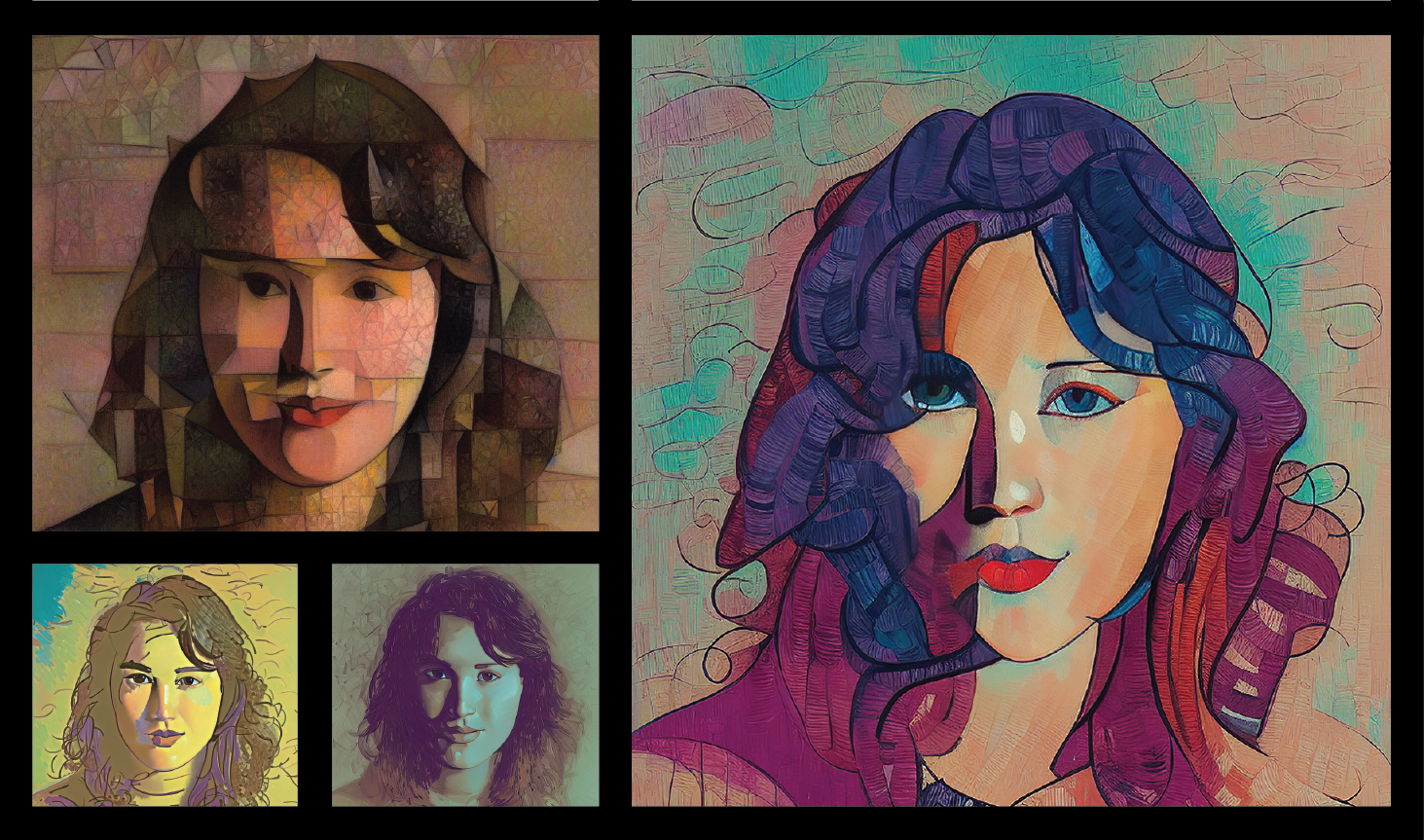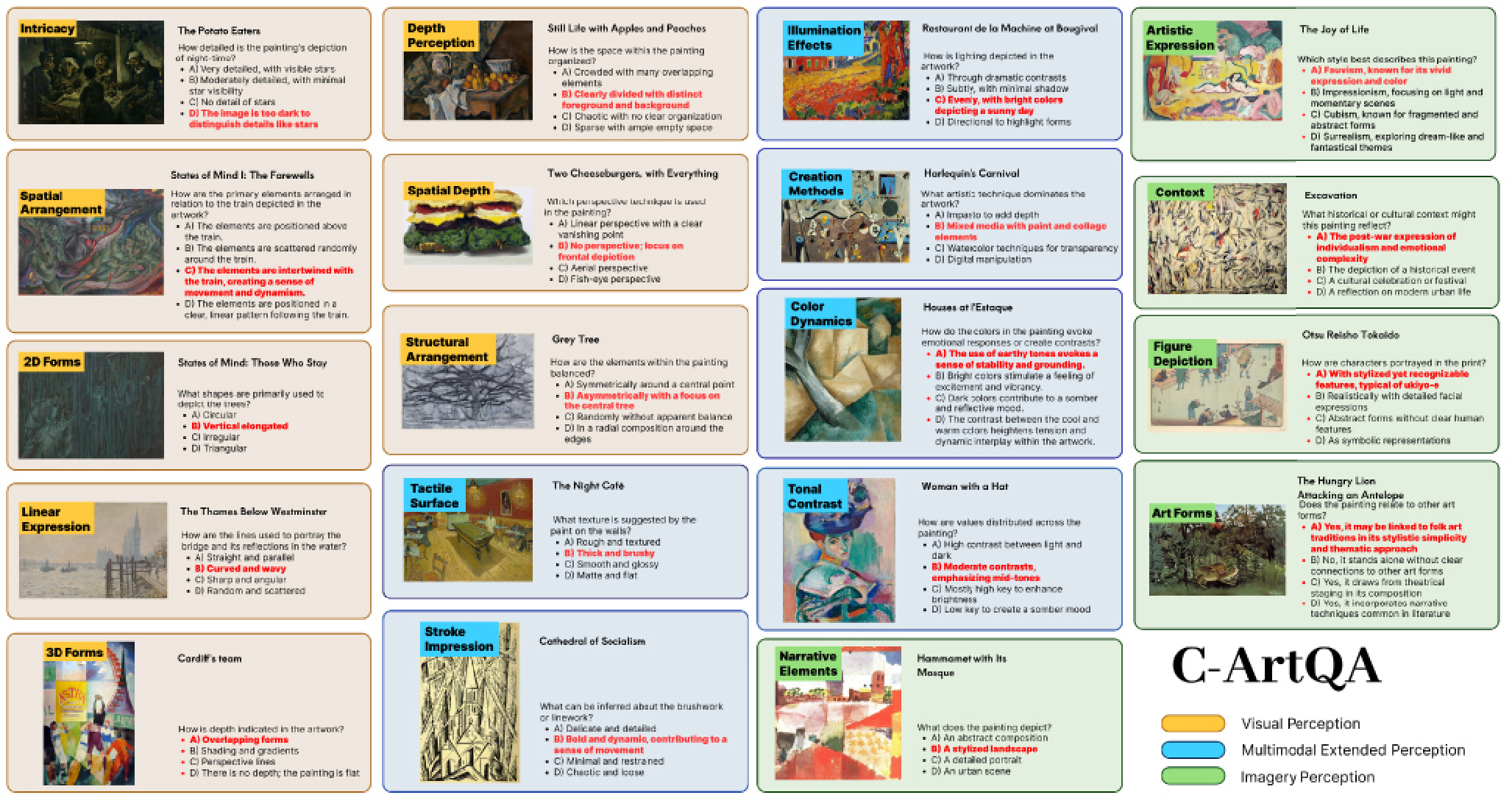
Visual content has the ability to convey and impact human emotions. It is crucial to understanding the emotions being communicated and the ways in which they are implied by the visual elements in images. This study evaluates the aesthetic emotion of portrait art generated by our Generative AI Portraiture System. Using the Visual Aesthetic Wheel of Emotion (VAWE), aesthetic responses were documented and subsequently analyzed using heatmaps and circular histograms with the aim of identifying the emotions evoked by the generated portrait art. The data from 160 participants were used to categorize and validate VAWE’s 20 emotions with selected AI portrait styles. The data were then used in a smaller self-portrait qualitative study to validate the developed prototype for an Emotionally Aware Portrait System, capable of generating a personalized stylization of a user’s self-portrait, expressing a particular aesthetic emotional state from VAWE. The findings bring forth a new vision towards blending affective computing with computational creativity and enabling generative systems with awareness in terms of the emotions they wish their output to elicit.

This article discusses two paintings by the great Belgian Surrealist, René Magritte (1898-1967). One painting directly confronts us with a startling, somewhat unsettling paradoxical scene. Imagine looking into a large mirror and, instead of seeing yourself, your face, the front of your body, you see instead the back of you, as if you were viewing yourself from behind yourself. That surreal image is what Magritte gave us in his portrait of Edward James, friend and benefactor, who commissioned the work, “La Reproduction Interdite” (Not to Be Reproduced, 1937). James does not see a reflection of himself: he sees a reproduction, the back of himself, exactly what the title of the painting prohibits. The work has philosophical implications and interpretations about self, self-knowledge, reflection and self-reflection, the importance of point-of-view, the importance of what is not seen. Magritte has also gone to great lengths to include subtle pictorial details, what I call “perceptual amplifiers”, that serve to establish the presence of thick solid glass in front of James. The work can be seen as a commentary on portraiture and its limitations. The philosophical and psychological implications of the piece are induced in us by Magritte’s masterful use of pictorial design and details that ignite such dimensions of experience in us. The second work, “Les Jours Gigantesques” (The Titanic Days, 1928), is also unsettling , deeply so, but for different, more psychological-emotional reasons. A male figure is seen emerging out of a nude woman’s left flank, like a dark invading sheath. She fends him off, desperately pressing against his shoulders. But Magritte has not depicted the complete male figure: he appears as literal projection onto her body, part of him disappearing where his form extends beyond her body. Where his dark form overlaps hers, they are isomorphic. Magritte induces strong emotional impact of the scene by strategic implementation of figure-ground ambiguities that confuse “body ownership”. Magritte adds to the emotional complexity of Les Jours by depicting different emotional tones in the male and female figures: her desperate countenance fights again a male figure that appears almost in repose. Thus, this painting deals with issues of violence, fear, sexual aggression, masculinity vs femininity, power, vulnerability, and point-of-view. The piece delivers all this via a pictorial design that itself interacts with all these psychological and emotional issues.

Blind and low vision (BLV) individuals face unique challenges due to a lack of objective explanations and shared artistic vocabulary. This study introduces Cultural ArtQA (C-ArtQA), a benchmark designed to assess whether current multimodal large language models (MLLMs; GPT-4V and Gemini) meet BLV needs by integrating structured visual art descriptions into auditory and tactile domains. The approach categorizes art into Visual, Multimodal Extended, and Imagery Perceptions, distributed across 19 fine-grained categories. The study employs visual question answering with 361 questions generated from a dataset of modern artworks, selected for their accessibility and cultural richness by BLV volunteers and art experts. Results indicate that GPT-4V excels in Visual and Imagery Perceptions while both models underperform in Multimodal Extended Perceptions, highlighting areas for improvement in AI’s support for BLV individuals. This study lays the foundation for developing MLLMs to meet the visual art appreciation needs of the BLV community.